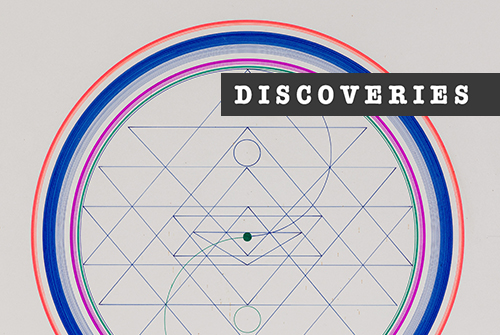
AT A TIME OF UNSETTLING UNCERTAINTIES, LOOKING FOR ANCHORS — SYMBOLS OR REMINDERS OF SOME KIND OF STABILITY — COMES NATURALLY
by Edward M. Gómez
Nowadays, that often-appearing dollop of fortune-cookie goodwill — you know, the one that announces, “May you live in interesting times” — sounds like some kind of sinisterly ironic, bad-luck wish. With seemingly endless war, political and corporate corruption, injustice, racism, sexism, and ugly hate and bigotry of all kinds running rampant in so many parts of the world, for the average person, just waking up in the morning and facing another day can feel like a daunting task.
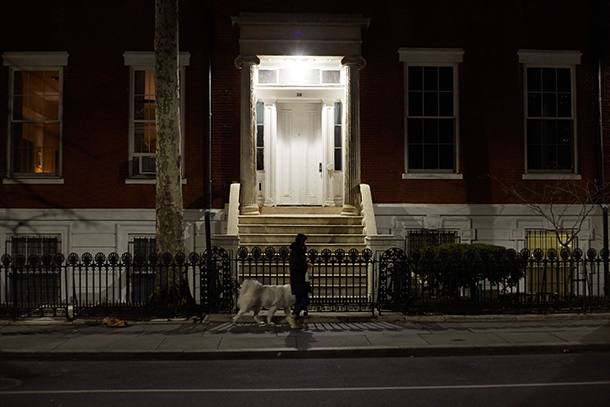
Throughout the history of civilization, humans have turned to religion and belief systems of all kinds — hey, how about a good conspiracy theory? — to help explain life’s mysteries and to make sense of or at least to use as a tool for coping with uncertainty and fears. For many, some kind of refuge from the world’s most daunting obstacles and forces can and maybe should be found in the bosom of a biological family, the most fundamental unit of most societies, or in the soulful community of a chosen family of trusted friends.
Sometimes peace of mind and of spirit may be found in a favorite activity — cooking, making music, physical exercise, downing a few shots of bracing booze — and often, of course, both solace and escape can be found in many different forms of art and creative expression.
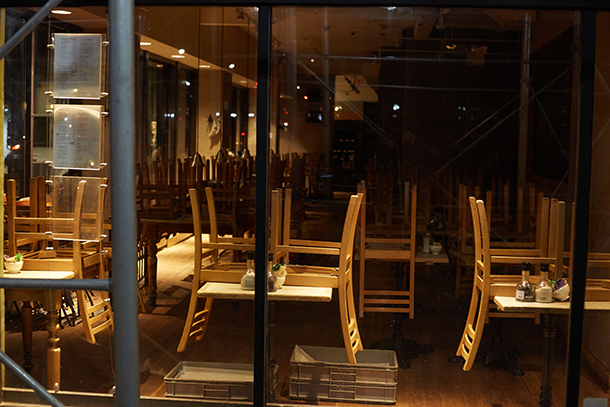
What interests us now, as winter’s cold gives way to milder, sunnier spring days, literally revealing what snow and ice had kept hidden for many months, is how a sense of place — of being shaped by, associated with, or deeply rooted in a particular home, town, or region — might also serve as a satisfying, soul-nurturing anchor in life’s often very rough seas.
With this is mind, we note how, even as their country has been reduced to rubble by the viciousness of Russia’s merciless invasion, Ukrainians who are quoted in many a news report routinely speak with devotion of their homeland and of their longing to return to it to rebuild and to again live and prosper there, deeply immersed in and nourished by their familiar culture, society, and soil.
A German may speak of his or her “Heimat,” referring to a homeland or native region, just as the Japanese speak of their “furusato,” meaning their ancestral hometowns or the regions from which their families come and in which some relatives might still reside and work. Such geographical homes can be spiritual ones, too, even for those who were not born and brought up in them. How many times have artists claimed to feel spiritual bonds with places whose histories or cultures may influence their thinking, outlooks, and approaches to their work?

Sometimes, as in the mysterious, boldly colored paintings of brutjournal contributing artist Alma Realm, who lives near a forest in northern Minnesota, a depicted place also seems to be a fantasy world tucked away somewhere deep in a broad and powerful imagination. Exactly where does Alma’s ever-expanding cast of languid odalisques and forest nymphs come from, and where do they reside?
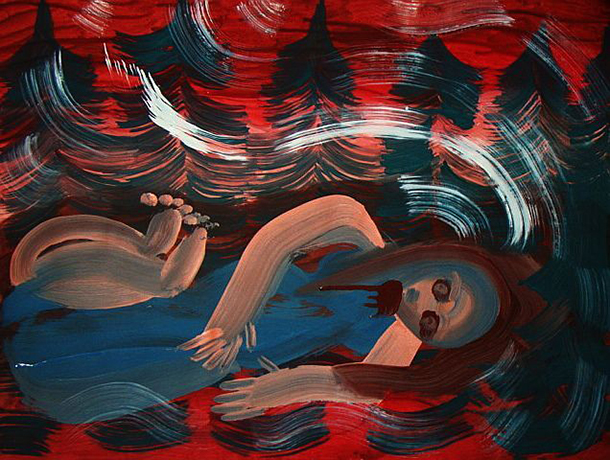
In this issue, the Tokyo-based, Scottsh teacher and writer who calls himself “Al Ningen” shares with us several excerpts from his epic-size work-in-progress, Tokyo Furusato, a series of very atmospheric, free-form verses that evoke and capture the moods, looks, rhythms, and quirks of his adopted hometown, a modern metropolis that has been strongly shaped by a rich history and centuries-old cultural traditions.
“Tokyo Furusato is my way of coming to terms with an endlessly fascinating place,” Al Ningen told us. He said, “It’s my attempt to convey the scale, the depth, and the wisdom of the world’s most existential city.” (See the link to the poet’s work toward the bottom of the current issue’s HOME PAGE.)

This issue of brutjournal also shines spotlights on the accomplishments and ideas of numerous art-makers who are working in a variety of formats and media, from the Japanese artist Momoko Suzuki, who creates super-detailed, abstract compositions with pencils, drawing directly on bare walls, to the American artist Donna Sharrett’s mixed-media productions made with embroidery techniques and found fabric scraps; they refer to nature in specific places and also serve as memorials to the deceased.
May these art finds lead to other kinds of discoveries — of places in the heart, that is, where a spirit of goodwill, compassion, and generosity reside, those essential tools for surviving in “interesting times.”
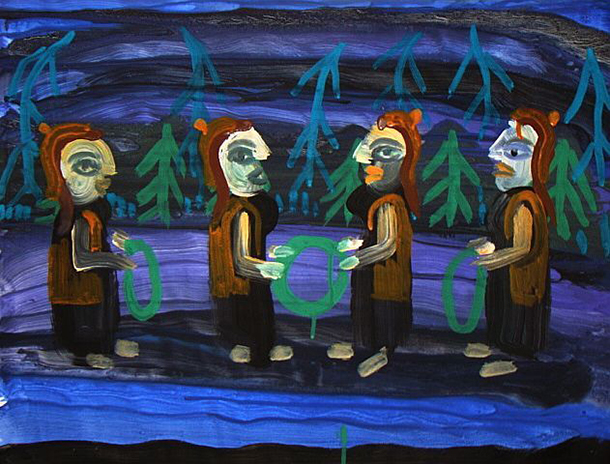
to read the whole article.

